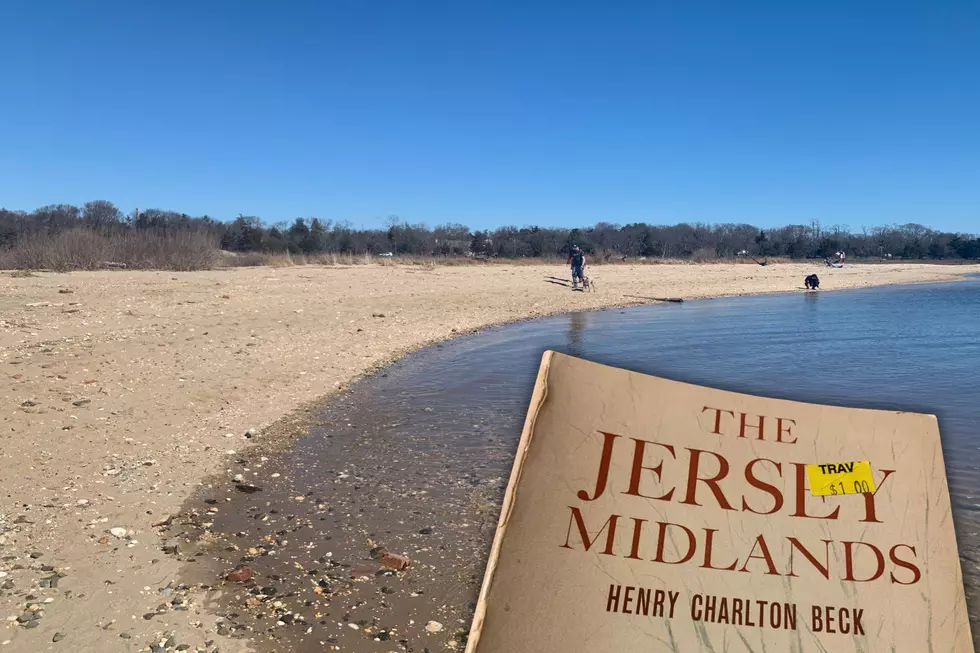
Mass Grave of Frozen British Soldiers Once Found on New Jersey Beach
Monmouth County was a hotbed of activity during the Revolutionary War. Even beyond the Battle of Monmouth, the county saw skirmishes throughout its borders.
The four-mile peninsula of Sandy Hook was a strategic position during the war. With its proximity to Manhattan and a lighthouse to guide ships traveling the Atlantic Ocean and Raritan Bay, how could it not be?
READ MORE: Was a Skeleton Once Found Under Sandy Hook Lighthouse?
The land was controlled by loyalists during the war, but that didn't mean the patriots throughout Monmouth didn't try to wrest back control. In 1776, patriot Captain John Conover managed to get to the top of the lighthouse and break the lamp, Henry Charlton Beck writes in his excellent 1939 book The Jersey Midlands.
Refugees Staged Bloody Revolutionary War Raids
A community of Monmouth County residents and loyalists calling themselves the Refugees built a makeshift town on Sandy Hook. From there, they staged raids on their neighbors in county who rebelled against the crown, including one that captured Joshua Huddy and saw him hanged at Highlands.
These raids were particularly bloody, Beck writes: "[They] gave New Jersey the certainty of being remembered as the colony that suffered most in the Revolution and Monmouth County as the center of battle, murder and sudden death."
Yowza. Makes you appreciate only having to complain about New Jersey property taxes, doesn't it?
British Soldiers Frozen on Sandy Hook
While the Revolutionary War had ended in September 1783, there were still a number of British soldiers in the vicinity a few months after who had not yet headed back home.
We know this because the remains of 14 members of British Navy were found in a mass grave on Sandy Hook.
READ MORE: Is Captain Kidd's Treasure Buried at Sandy Hook?
They left a British man-of-war ship in late December 1783 to search for deserters they believed were hiding on Sandy Hook. They didn't survive the mission. They were caught in a snowstorm and died on New Year's Eve or the day before.
Beck quotes a passage from Gustav Kobbe's 1889 book indicating a monument was erected "to the memory of a young British officer and thirteen others, cast away in a snow-storm, in the war of the revolution. They were found frozen, and buried in one common grave."
Ghosts on the Hudson Investigates Site of the Mass Grave
Ghosts on the Coast, a team of paranormal investigators, detailed the tragedy and tried to communicate with the British officer, Lt. Hamilton Douglass Haliburton.
Top 21 fastest growing towns in New Jersey
Gallery Credit: New Jersey 101.5

